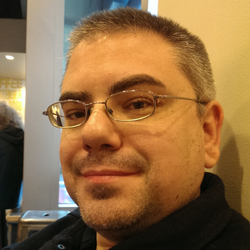news
The Free Software Movement as a Digital Civil Rights Struggle
To understand the world of free software, you must first discard any notion that about a superior development model, about making software faster, with more features, fewer bugs, a price tag of zero, or anything like that. The free software movement is, and has always been, an ethical and political social movement that's focused on software. It's a campaign for freedom and justice.
Founded by Richard Stallman in 1983 with the launch of the GNU Project, the movement's core philosophy is that proprietary software is a social problem - an instrument of unjust power that allows developers to control users. Free software is the solution. This framing positions the movement not as a preference for a particular way of making things or as a means to get software that's "better" in any technical sense, but as a fundamental struggle for digital civil rights.
The movement was born from a sense of loss. In the 1970s, the hacker culture at places like MIT's Artificial Intelligence Lab was built on a foundation of collaboration and sharing. It was a community where, as Stallman noted, "sharing of software was not limited to our particular community; it is as old as computers".
By the early 1980s, this collaborative ecosystem was dying, replaced by a world of proprietary software, restrictive licenses, and non-disclosure agreements. Software was no longer a shared resource for learning and improvement; it was a product, locked in a black box, designed to subordinate the user to the will of the developer. This shift created a fundamental power imbalance. As Stallman recognized, "If the users don't control the program, the program controls the users". The developer, as the program's owner, gains unjustified power over the user.
In response, Stallman launched the GNU Project in 1983 and founded the Free Software Foundation in 1985. The goal was to build a complete operating system composed entirely of software that respected user freedom, allowing the community that had been lost to be rebuilt on a new, more resilient foundation.
At the heart of the movement are four essential freedoms. These freedoms are analogous to fundamental civil liberties.

